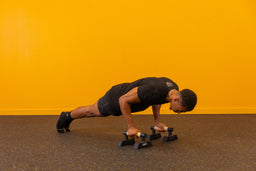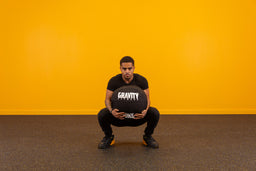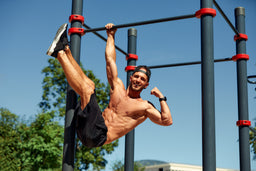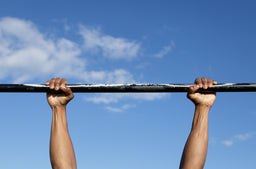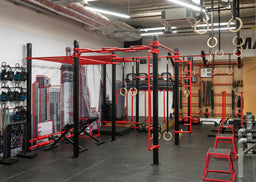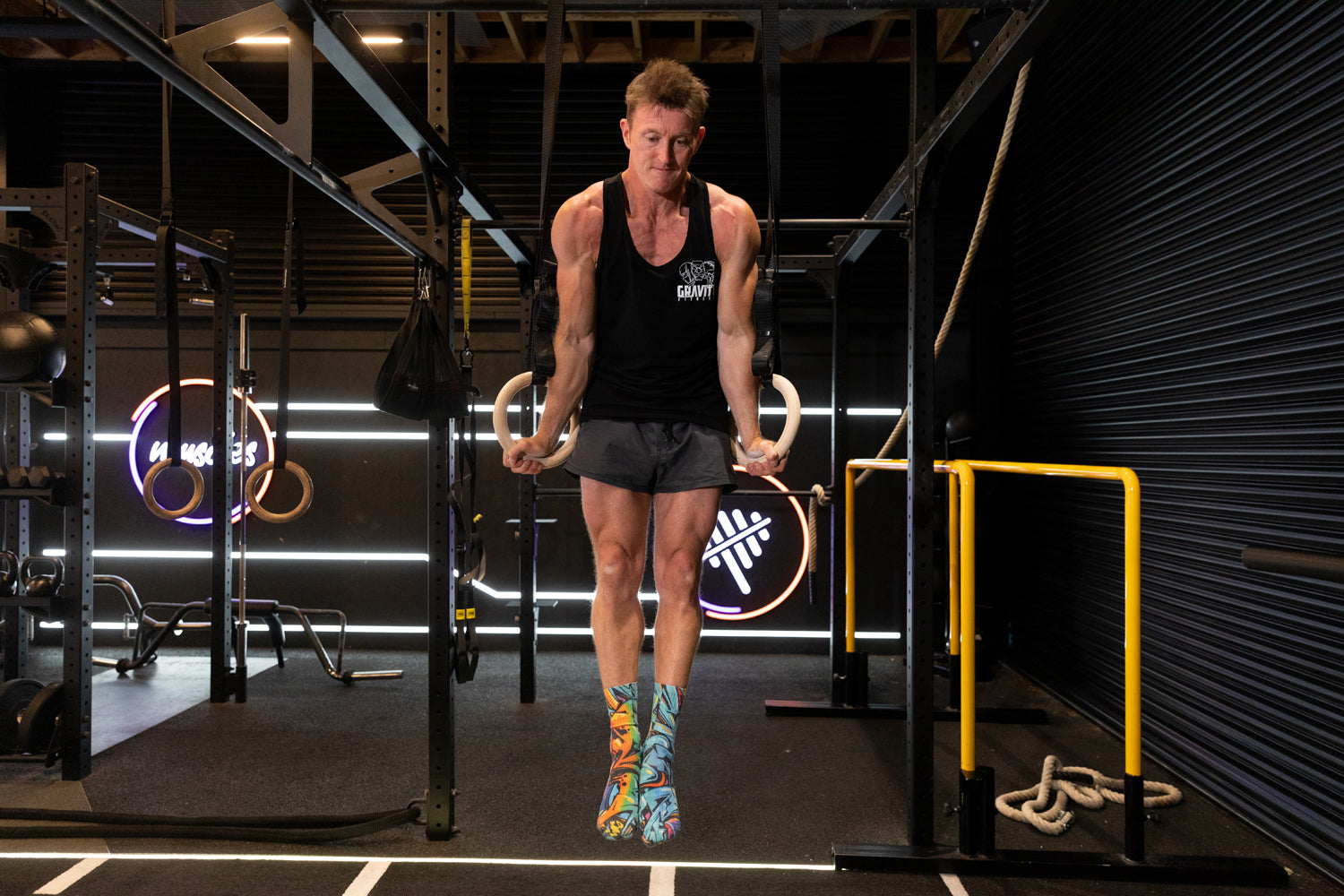
The history of calisthenics in a timeline
The history of calisthenics in a timeline
If you’ve ever been curious about the entire history of calisthenics, we’ve put together quick at-a-glance timeline of calisthenics.
A timeline history of calisthenics
600 B.C – Spartan warriors
As far as we can tell, calisthenics began in ancient Greece under Spartan rule. Calisthenics, along with wrestling, combat sports, and throwing sports, were a core part of Spartan military training.
500 B. C – Chinese monks
In the 500s B.C., Shaolin Monks in China trained in calisthenics to protect their monasteries from looters. Perhaps not the zen solution you’d expect, but certainly a powerful one. Calisthenics helped the monks become fast, strong, and hard to beat.
Early 1800s – calisthenics in education
German gymnasts and educators Friedrich Ludwig Jahn and Adolf Spiess popularised calisthenics and gymnastics, particularly in the education of women. It took off most notably in Sweden thanks to Per Henrik Ling who pioneered the teaching of physical education.
1800s – calisthenics for women
In the early 19th century, calisthenics was one form of exercise deemed acceptable for women in the UK (along with dancing, horse riding, and walking).
1820s – British army
The British military caught on to the idea of formalising fitness for recruits in the early 1800s, and began using calisthenics (and weight training) around 1820.
1857 - Physiology and Calisthenics for Schools and Families
Catherine Beecher wrote the Physiology and Calisthenics for Schools and Families in 1857 in the USA. It was intended for women, but became so popular her ideas were adopted widely by all ages and sexes.
1892 – The Manual of Calisthenics
In the USA, military man Herman Koehler who was working at West Point, wrote and published his “Manual of Calisthenics,” which became one of the first official Army publications to standardise physical training.
1892 to now - US Army
The US military uses calisthenics as a key part of its basic fitness tests, recruitment, and training. US Army soldiers do at least two fitness tests a year, including push ups, sits ups and running.
1930s – state schools in Australia
Calisthenics was introduced into Australian Victorian State Schools throughout the 1930s, and quickly became popular across the country. These days there are 100s of calisthenics clubs across Australia.
1950-80s – Jack Lelanne and American TV
Jack Lelanne was a popular name in American fitness throughout the 1950s, 60s, and 70s. He had a nationwide TV show for nearly 35 years in which he used calisthenics to help viewers get fitter from home.
2008 – YouTube calisthenics
Hannibal Lanham – aka Hannibal for King – was partially responsible for beginning calisthenics into the new era of street workouts, with his hugely popular YouTube channel.
2011 – the first calisthenics federations
In 2011, the World Street Workout and Calisthenics Federation and WSWCF (World Street Workout and Calisthenics Federation) were founded. These bodies organise events, champion new talent, and help standardise calisthenics into a sport.
The World Calisthenics Organization was founded in 2012 with the objective of promoting calisthenics and helping communities set up events, sites, and activities.
If you’re a fan of calisthenics, or just getting into this incredible sport, check out the Gravity Fitness store for the best calisthenics and functional fitness kit around. We stock everything you need to get started in calisthenics or take your skills to the next level.

